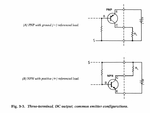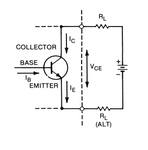PozFeedback
Newbie level 6
Hi,
The switching device of an SSR can be a transistor, an SCR, or a TRIAC. Apparently, a transistor can be used for both AC and DC SSRs. I don't understand how a transistor can both sink and source current in a transistor-based AC SSR?
Thanks in advance!
The switching device of an SSR can be a transistor, an SCR, or a TRIAC. Apparently, a transistor can be used for both AC and DC SSRs. I don't understand how a transistor can both sink and source current in a transistor-based AC SSR?
Thanks in advance!



